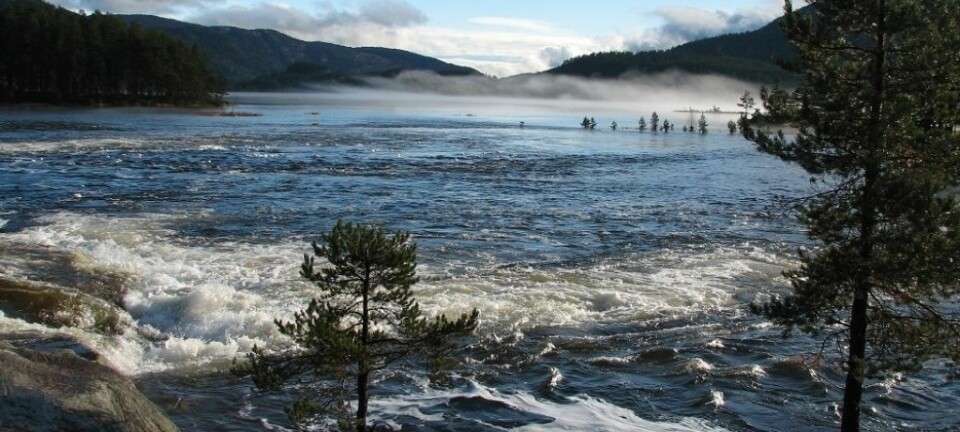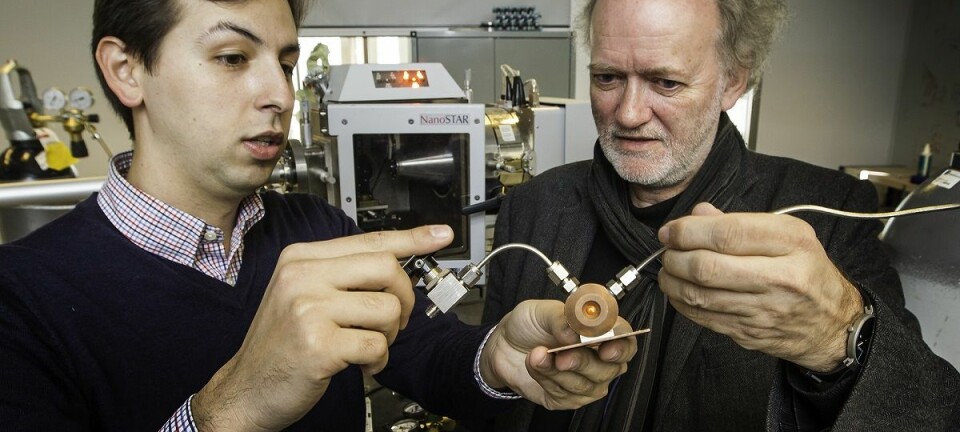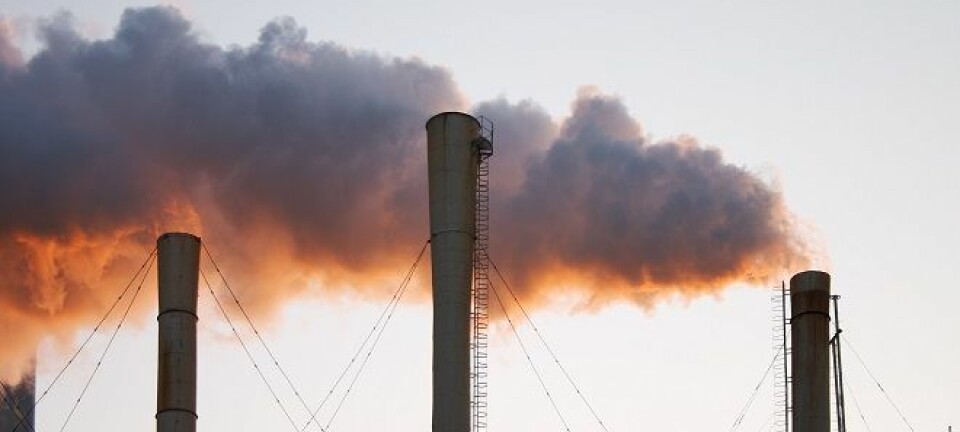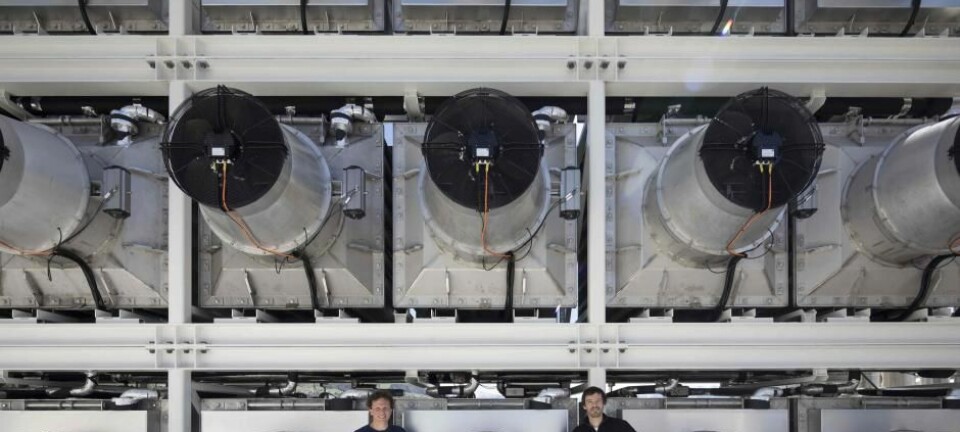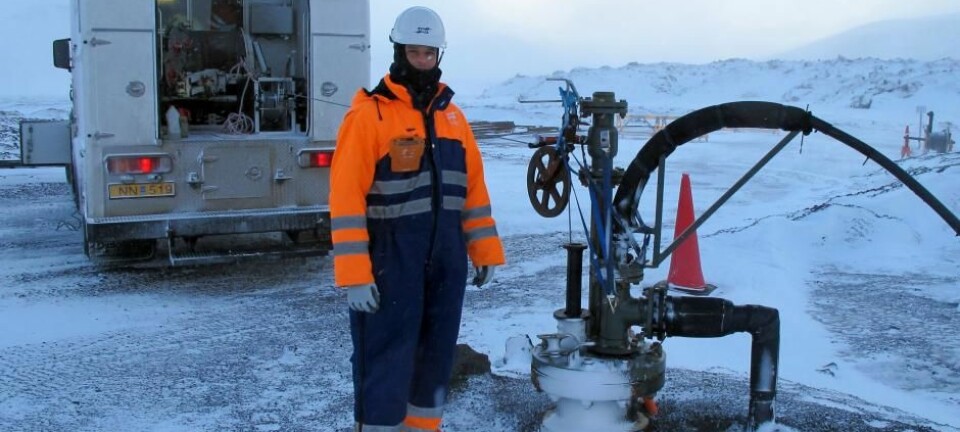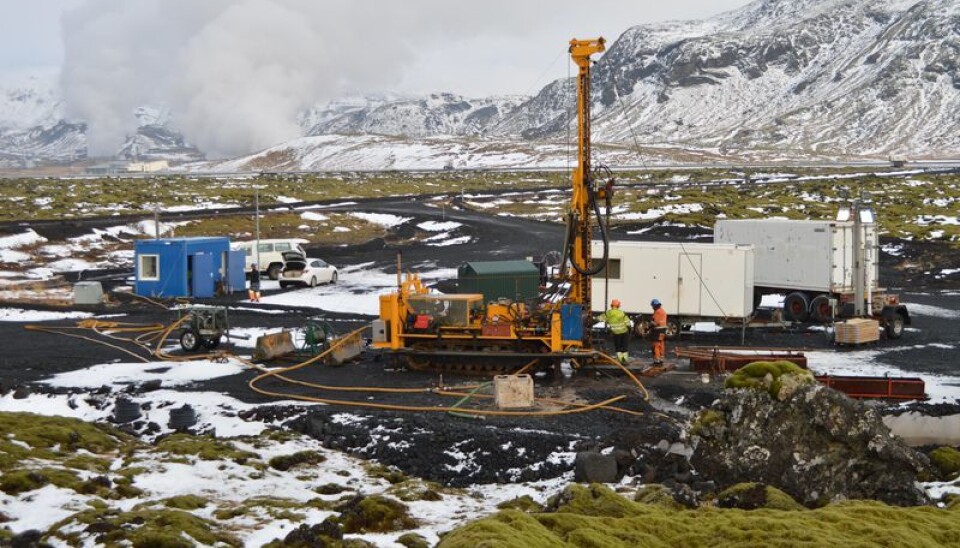
More geo-engineering, please!
Geo-engineering could help us solve the problem of global climate change, but only if we do it in a sustainable way and tackle the problem at the source.
As the Earth keeps heating up, and political efforts to limit greenhouse gas emissions seem feeble, the idea of “fixing” the climate by various direct measures has gained strength.
Wild ideas to cool the planet, such as, synthetic clouds, mirrors in space, artificial volcanoes that inject sulphur particles into the air, and many more have emerged in recent years.
While these kinds of geo-engineering solutions are often entertaining due to their science fiction-like nature, research suggests that manipulating the Earth’s atmosphere using large constructions with unforeseen implications could run the risk of doing more harm than good.
Furthermore, this type of geo-engineering is unsustainable as it does not address the underlying cause of the problem: In this case, increasing greenhouse gases in the atmosphere.
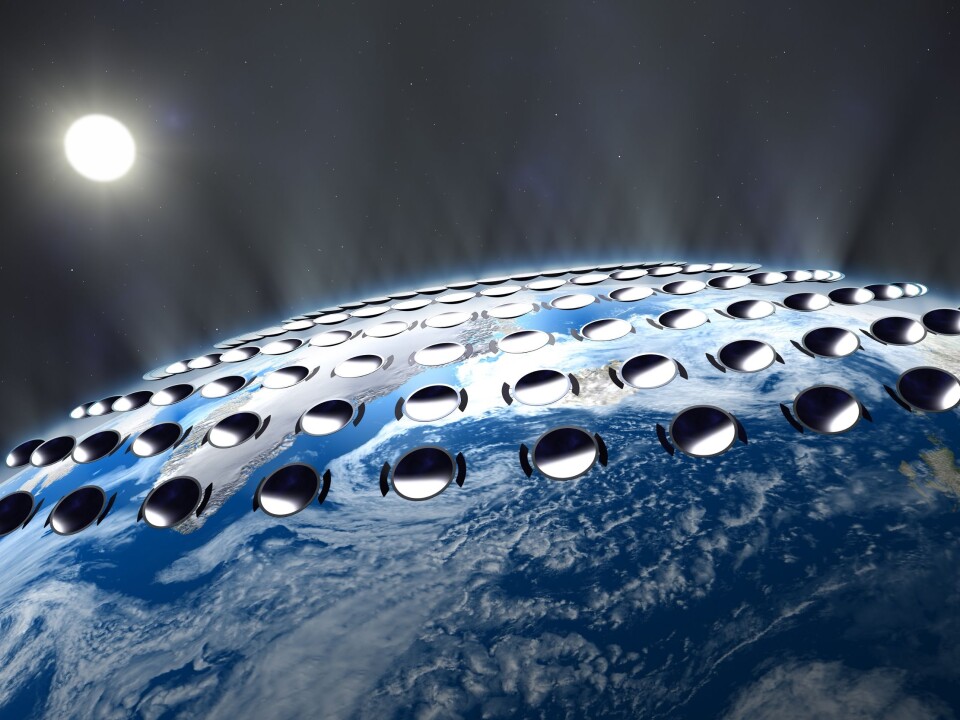
Read More: Climate towers in the Faroes?
Sustainable geo-engineering prevents environmental damage
Geo-engineering encompasses far more than these weird and wonderful approaches to limit climate change. In fact we humans have been geo-engineering the planet for a long time.
All human activities that influence the landscape and/or climate in some way are considered geo-engineering. Think of farming or dams for hydro-power. It is only the term geo-engineering that is new.
For example, in the 1980s, Swedish trees were suffering severely due to airborne sulphur pollution from coal power production. The problem of acid rain as it became known regularly made headlines across Europe. Here, there was a quick fix: Limit this type of pollution at the source using a chemical engineering gas scrubbing technique, called flue gas desulfurization (FGD).
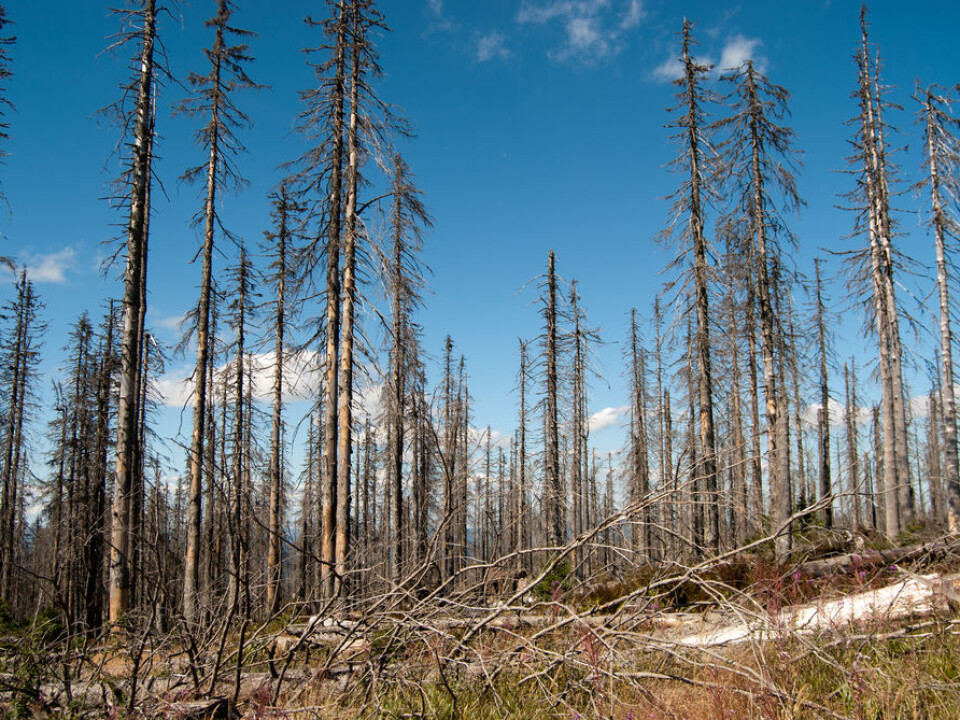
At that time, companies were eager to show that pollution controls would harm their business and render their technologies uneconomical. And even though it was widely accepted that geo-engineering was the only choice to prevent sulphur entering into the atmosphere, politicians were reluctant to do so, and continued using coal for energy production. It was not until the late 1980’s that FGD was systematically introduced across Europe, and sulphur emissions began to decline.
The same can be said for wastewater. Water control has recently become a very technical discipline and we are now much more aware of what we discharge into the sea. We deliberately remove fertilisers, vira, bacteria, poly-aromatic hydrocarbons, and many other pollutants.
In other words, we already perform geo-engineering in order to prevent environmental damage, but these types of approaches are sustainable, because they tackle the pollution at its source.
Read More: Acid rain still affects water quality
Limiting carbon emissions is not so simple
Carbon dioxide (CO2) has become a similar problem. We emit an overwhelming amount of CO2—35 giga tonnes CO2 per year, which is being pushed into the atmosphere, reaching the highest it has ever been for many thousand years.
Taking a moment to step back, the most effective method of all would be to drastically reduce global CO2 emissions. We could change the power sector to produce energy without burning coal, oil, and gas. We could change our transportation system to run on renewable-sourced electricity. Heating of our homes and production of our food could rely on non-fossil sources of energy.
But, we would still be left with a number of industries inextricably bound to fossil fuels. We cannot, for example, just stop using steel, cement, medicine, paper, and similar types of goods, which rely on processes that emit a considerable amount of CO2.
These industries will need to rely on old school geo-engineering, meaning sustainable waste handling. Just like controlling sulphur emissions and pollutants from wastewater plants, we also need to start cleaning our industrial production waste streams of CO2.
We cannot keep polluting the air we breathe
Perhaps you remember the recent diesel scandal that swept through Europe and the US in 2014 after the US Environmental Protection Agency (EPA) learned that Volkswagen had installed a piece of software, which manipulated the NOx emissions under test conditions. Normal road use gave significantly higher emissions.
It caused a public and political uproar and I often wonder why politicians do not realise that the damage we are doing every day in terms of our CO2 emissions is a far greater and more serious scandal?
Read More: Candle particles might be just as harmful as diesel fumes
A carbon neutral industry
Fossil fuels still dominate due to the high price of renewables, but as a society, we have invested significant resources to achieve a carbon neutral environment.
We should remain on this track, but at the same time, we should also dedicate resources to create a carbon neutral industry using carbon capture and storage (CCS).
This needs to be done sustainably, to allow us to keep producing goods which are tied to emissions of CO2, like cement. But this does not mean that CCS should be seen as a means by which we can continue using coal.
Read More: Scientists: Three years left to reverse greenhouse gas emission trends
Sustainable geo-engineering can remove CO2 from the atmosphere
The problem with CO2 is that we have emitted so much into the atmosphere. We are already up to our neck in pollution. Imagine if we had never introduced wastewater treatment facilities. Just how polluted would the ocean be today?
To follow that analogy, we have now been emitting CO2 so long without CCS that the atmosphere cannot clean itself, leaving us with little choice but to remove it from the atmosphere using CCS, geo-engineering.
If we do not do this, then carbon dioxide will remain in the atmosphere and global temperatures will continue to rise.
Read More: The machine that converts carbon dioxide to stone in Iceland
We know it works, but...
Unlike the more fanciful geo-engineering approaches, such as deploying large mirrors into space to reflect the sun’s energy, we know that CCS works.
Companies like Climeworks and CarbFix technology have shown that CO2 can be removed from air and stored in certain geological structures with minimal hazard. But we cannot just rely on one company to save the world for us.
In the long-run, introducing CCS in individual industries will not be enough: Large scale, global CCS schemes will have to be introduced to achieve a carbon negative emission by 2050 and thereby meet the goals of the Paris agreement to limit global warming at 1.5 degrees Centigrade.
Read More: Pumping CO2 into volcanic rock transforms it into limestone in record time
We need to clean our atmosphere
It would of course be cheaper and easier to prevent CO2 reaching the atmosphere by cleaning the exhaust gases from industry rather than trying to remove it from the atmosphere, retrospectively. But as I have said, reducing emissions is no longer enough.
To respect the Paris Agreement, it requires us to not only reduce emissions, but to also remove CO2 from the atmosphere. To achieve this, we must implement technologies, which take CO2 out of the atmosphere on a global scale. This mission has to start today, not 2050.
From a chemical engineering point of view, this is just common sense, and an example that we have understood the lessons of past environmental policies by attacking the problem at the source.
